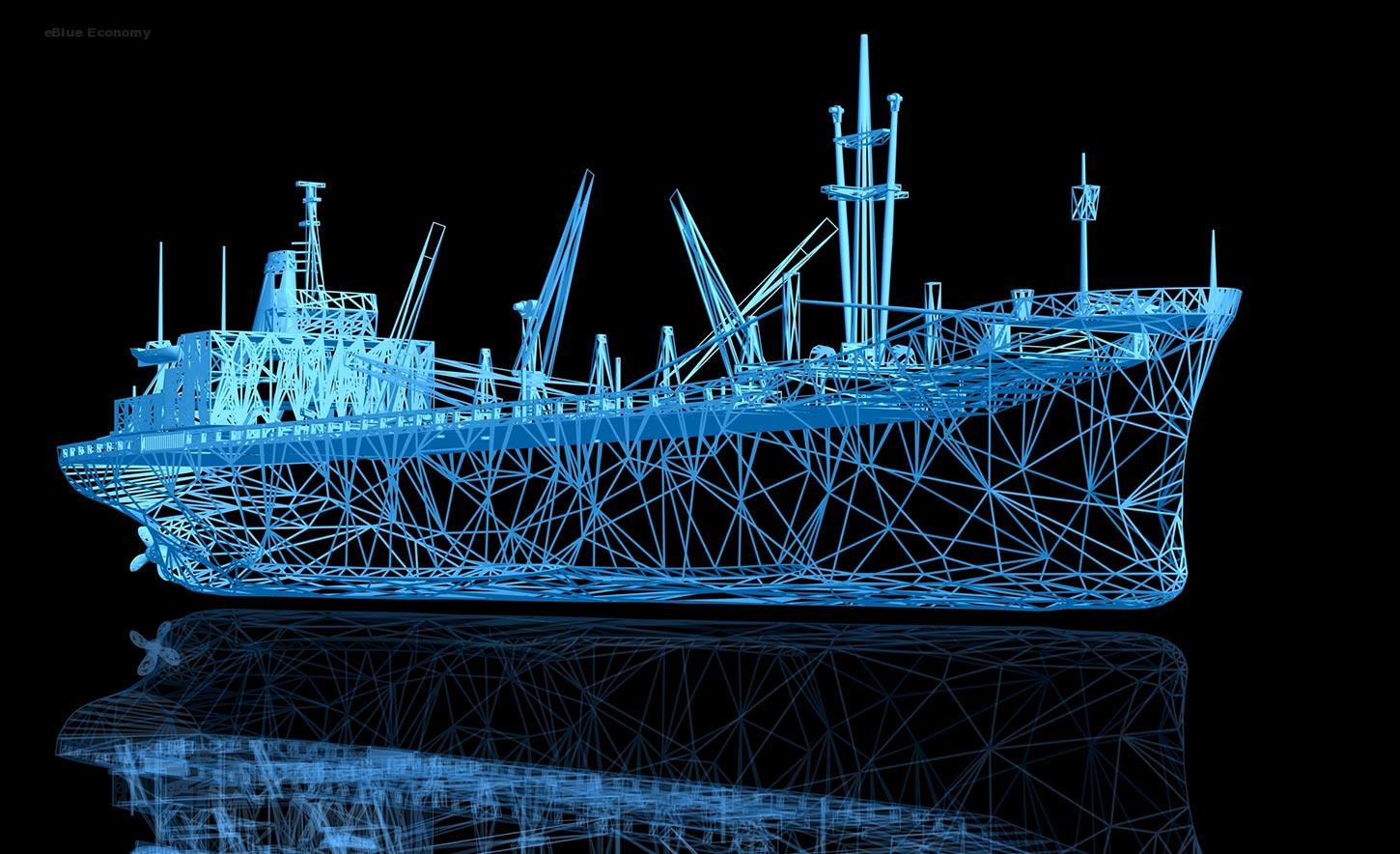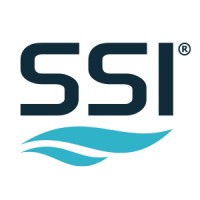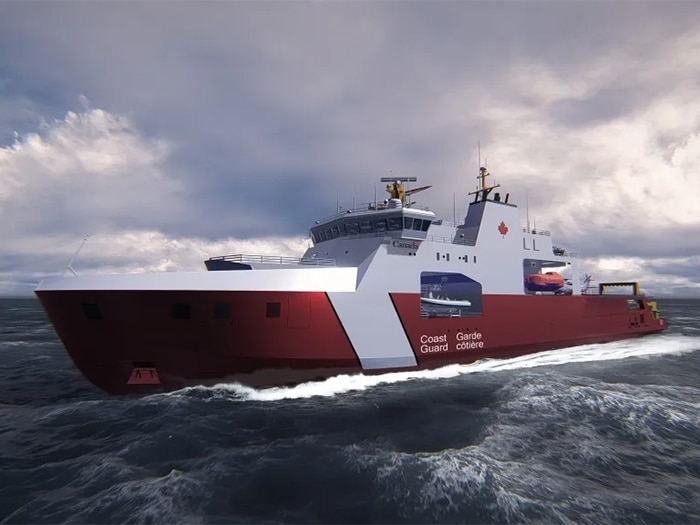A few weeks ago, SSI took part in the PI Marine’s 2020 virtual conference. While the diverse set of presentations had an equally diverse set of buzzwords, one concept came through as the unifying thread across the industry – integration
Unpacking the Current Situation
As shipbuilders embrace the necessity to ‘go digital,’ the number of platforms, information sources, vendors, and systems is increasing rapidly.
Each addition results in more data generated across the organization. The questions industry executives need to ask themselves are: “are we reaching a critical point?” and “If we keep adding new innovations with the same strategy, will we still come out ahead?”
However, before looking at how we can cope with the current trend, it’s important to understand why it is the norm. They need to feel able to take advantage of all the new functionality available is part of the reason.
Ultimately, every current or legacy system creates data. As time goes on, there will always be more data and information to manage and take advantage of. Unless something has gone wrong, nothing will be destroyed in the process. With this in mind, less data is not the answer. So how can we make the data we have valuable and useful to us now and for the long-term?
A Challenge Not Unique to Shipbuilding
I don’t think there is an industry out there that isn’t facing this same question. Most don’t have to work with the complexity or unique aspects of shipbuilding but can serve as a simple illustration of the solution. One example is within website development. Platforms are ubiquitous in that world, and low barriers to entry and high focus on cost have resulted in most companies having individual solutions for individual challenges. What allows this to work is a deep focus on integration.
For an even more dramatic illustration of practical integration in action, ask yourself when the last time a printer required a driver to be manually installed, rather than just ‘working’ on the fly. The 90s trope of printers as the object of hate is no longer our reality.
The Current Situation
Taking it back to shipbuilding, for the data we have now, the first step to getting control is understanding who needs what. Every department in a shipyard ultimately relies on data going into or coming out of engineering.
Right now, what we’re seeing is each department identifying what data they individually need and ad-hoc making it work for them. Such an approach’s inevitable outcome is siloed departments that have no idea if the information they actually need is already available. Teams are then forced to make the connections between data sources themselves (akin to the idea of having to search and install your own printer drivers).
When we asked shipbuilding leaders how integrated their information was as part of our digital maturity assessment, what we saw was that over three-quarters of the respondents didn’t feel that they had integration across every department.

Instead of a disjointed solution, the reality can involve the vendor working to ensure that integration is easily available across the individual platforms, leaving the end-user at the shipyard able to access the data they need, in the format they need it.
What this looks like on the ground level is technology providers that deviate from the traditional, monolithic, and locked-in approach that has been pervasive in enterprise software. Frankly, it was arrogant of these organizations to assume that the functionality that was available through their platform was ‘good enough’ for every use-case. Within our industry in particular, it’s clear that there is no one-size fits all approach that can apply to every shipyard.
Now, even when software providers are competitors in some areas, it’s necessary that they work together in order to deliver a better experience for the end-user. Simplifying the experience in this way is a huge step towards addressing the root cause of why previous in-house integration strategies have been less effective than hoped or even abandoned entirely. This is the same reason why APIs and entire partner ecosystems are the new status quo. Denis Morais has talked about the importance of a close-knit partner ecosystem many times on his Waveform blog.

The Future of Integration in Shipbuilding
As it does become easier for every department to access the data behind our digital twin – itself an integrated connection of data sources and platforms – and link together production documentation, VFI, BOMs, CAD geometry, drawings, etc. we can begin to get more out of our information over a longer time scale. Vessels have a service life of decades, what used to be unusable (after construction) legacy data is now crucial to the ongoing MRO required after a vessel is in-service. With easy access to that data, and integrated systems in place that can make sense of it, new paradigms like predictive maintenance are more realistically in reach.
From reducing silos and repeated work within a shipyard, to fleets that have a more complete understanding of their vessels than ever, the future of our industry will only be made possible through integration. Putting together a clear set of information objectives within your organization and looking out for partners that are transparent about their integration capabilities are two sides of the coin that will bring us closer to that future
press release















